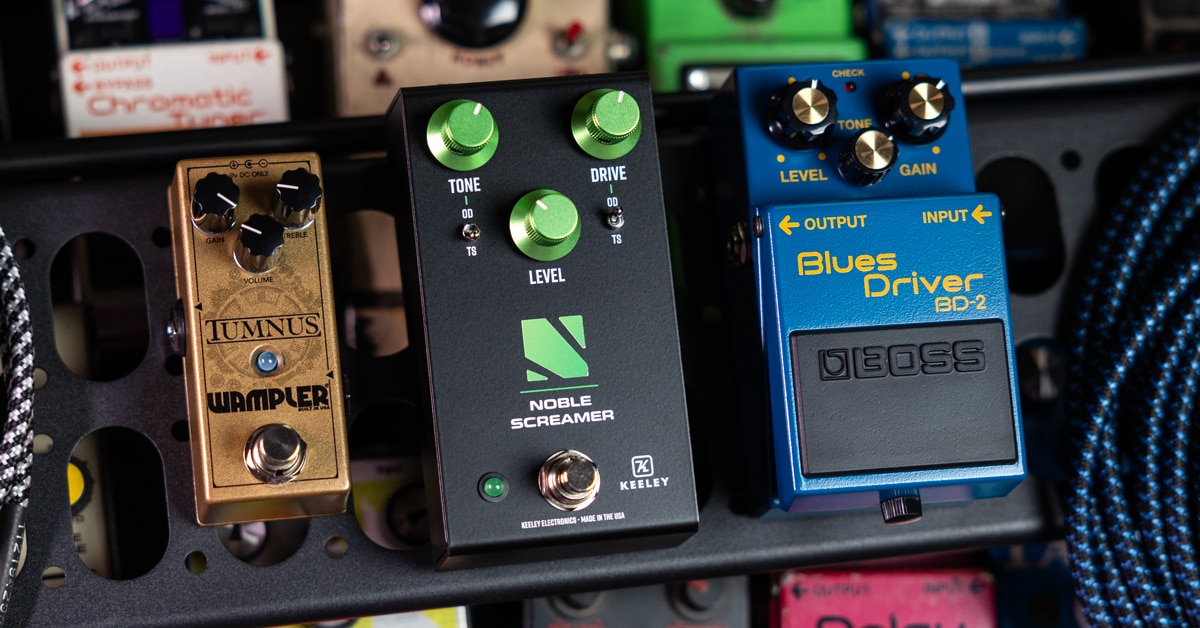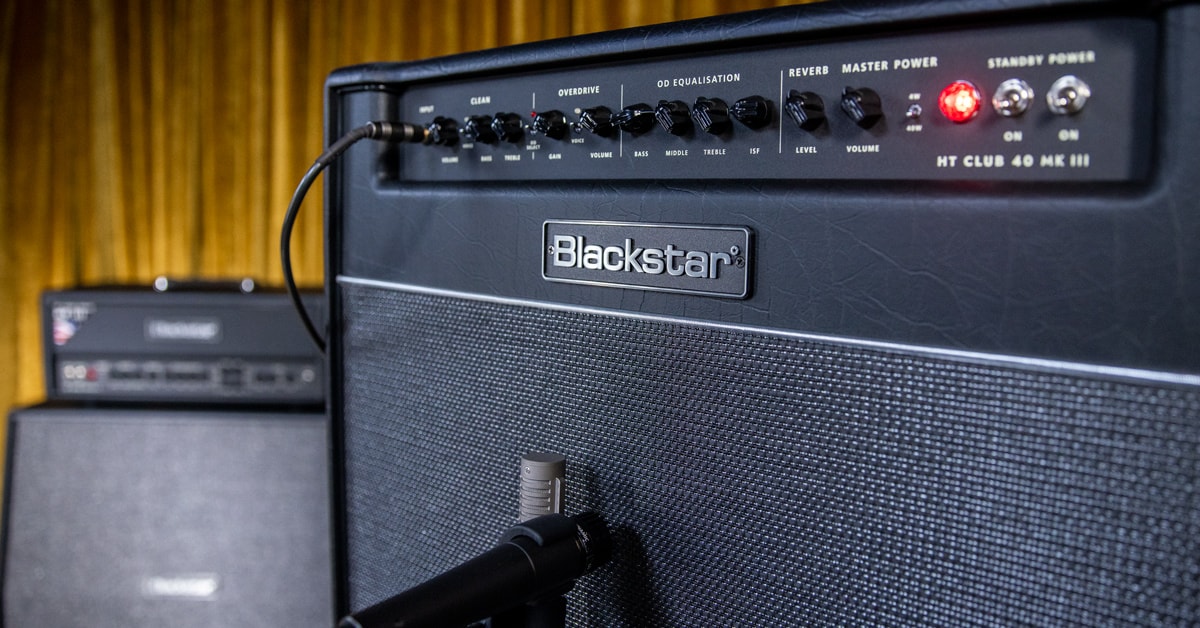Upgrading amps that were already awesome can be more of a challenge than you might think, but the Blackstar team managed to dig deep into its Venue MKII series amps to excavate some small but mighty performance and aesthetic refinements. As a result, the new MKIII models strut a sophisticated yet imposing look that screams “tone titan”—classic chickenhead knobs, corner-less coverings, updated LEDs, mini toggle switches and a metal logo plate. But the enhancements are far from just skin deep. The Venue MKIII amps have muscled up with revoiced Clean channels, the multi-faceted CabRig speaker simulator as standard equipment and more.
Blackstar Chief Engineer Paul Stevens and his crew were tasked with upgrading an already popular and respected amplification series, and he was happy to share the process with our Riffs readers. Blackstar fans and disciples of valve (tube) amps alike should find compelling information on tone crafting, feature selection and improvements, and what goes on in those “secret” sound labs.
You made some tonal adjustments for the HT Venue MK III. What were the goals for the revoicing?
Paul Stevens: The sounds we wanted were basically similar to the MkII, but that model came out in 2017. Since then, we have developed other valve amps, as well as refined performance elements and sonics—especially during the long, COVID-enforced development of the St. James range. We naturally wanted to apply those refinements when revisiting the HT Venue series. Some of the changes have to do with dielectrics—the material inside capacitors—and the actual, in-circuit values of these capacitors are more stable in different electronic and environmental conditions. The effect on the Clean channel, for example, was tightening up the sound. As this channel is often used as a pedal platform, the tighter tone is beneficial when using drive pedals. Although subtle, it’s very pleasing that our beta testers are noticing and commenting their approval about the sound.
What sounds can users expect from the Clean channel’s “American Style” and “Class-A British” voicings on the MK III?
The basic flavors are the same as those in the MkII. However, the refinements I’ve mentioned have brought the voicings closer to their sonic references—specifically, a mid-60s blackface Fender and the Top Boost channel of an early ’60s VOX amp. So, the American Style tone is clean and bright with a solid bottom, and the Class-A British sound is chime-y with resonant lows and harmonically touch sensitive.
Does the team use specific guitars—or play certain styles, riffs, solos and chord progression—when voicing the amps?
We have a range of different guitars within the company—as well as our personal ones—that we use throughout the development and voicing stages. Apart from sound testing in the labs and sound rooms, new products are typically used for recording, as well as discretely gigged. While certain channels and voices do suggest playing a particular way, most of us can play in a few different styles, and once this is applied throughout several competent and experienced players, the range of styles multiplies. I think each of us have certain things we initially try for specific sounds—although, sometimes unknowingly, they probably bore the crap out of everyone else within earshot. At those stages, we’re comparing sounds, not making music—there’s a difference. Also, I find it quite gratifying to hear an amp I’ve worked on being played in a completely different style to what I would do. I think, “Great, it can do that, too.” Regarding chord progressions, I’m personally always partial to a double plagal cadence.
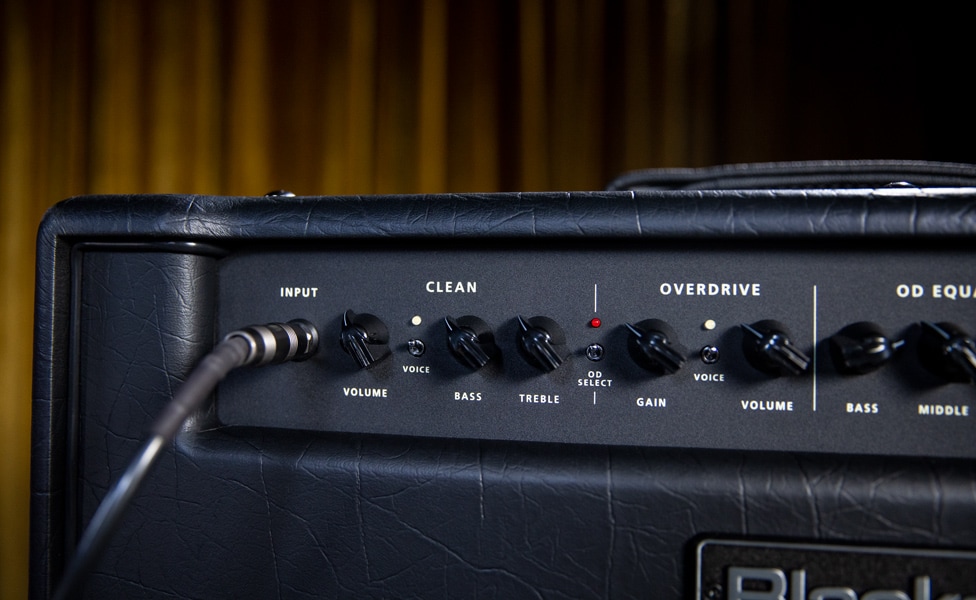
As you mentioned, Clean channels are typically used as pedal platforms. How was the design impacted by the rigs of some modern players, whose unique pedalboards hit the amp’s front end with all sorts of different variables?
The two most popular pedal-platform topologies are a clean Fender and a slightly warm VOX—which is one of the reasons those voicings were included with the Clean channel in every model of the HT Venue MK III range. The valves and EQ are reconfigured for each voice, so the dynamic response will be the same as the reference amps. To accommodate a wide variation in signal levels from different pedals, the initial input stage on the HT Venue MK III has a headroom of more than 16dBu. Ubiquitous 9VDC pedals have a maximum theoretical headroom of 12dBu, but in reality, the figure is way lower. As a result, MK III amps can “take pedals well.”
Tell us a little bit about the OD channel voicing.
The OD channels on the HT Venue MK III range are basically an evolution of a circuit topology that runs all the way back to Blackstar Series One. It is a unique circuit—albeit one that uses cascaded valve stages for the actual harmonic/distortion generation—that utilizes specific gain-range and tonal-shaping building blocks that are slightly tweaked for each voice. The actual sounds are inspired by idealized versions of classic and modern overdrive tones—not just a particular amp. Hence, “The sound in your head” phrase. Due to their unique design, the OD channels are dynamically responsive. They have the ability to clean up really well when turning down the guitar volume or simply playing softly.
Can you give a rough overview of the OD voices?
On the Stage amps, which includes the Stage 60 MK III 1x12, the Stage 60 MK III 2x12 and Stage 100 MK III, you get two OD options with two voices for each. OD1’s Voice 1 offers a tight crunch, and Voice 2 is a looser super crunch. OD2 has a tight, hot-rodded gain for Voice 1, and a resonant, modern high-gain sound on Voice 2. On the Club amps, which includes the Club 40 MK III and Club 50 MK III, there are two OD selections. OD1 provides a tight, medium crunch, and OD2 is that resonant, modern high-gain tone.
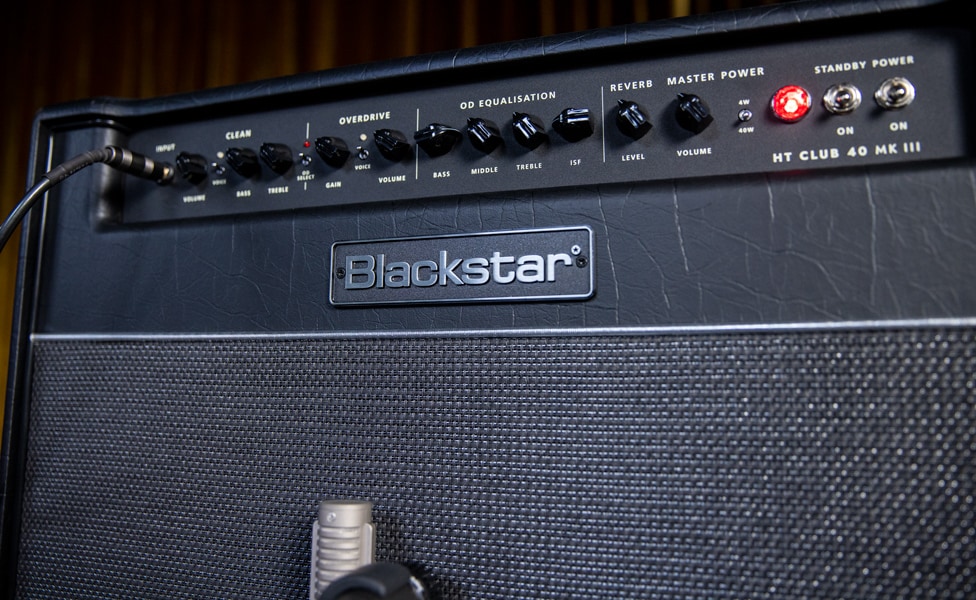
For someone new to the Blackstar way of doing things, can you describe what ISF—Infinite Shape Feature—on the OD channel does to the sound of the Venue MK III?
The patented ISF control works in conjunction with the Bass, Middle and Treble controls to let players choose the tonal signature they prefer. Turning the ISF control fully counterclockwise produces a more American characteristic with a tight bottom end and more aggressive mids. A fully clockwise turn has a British characteristic that’s more woody and less aggressive. Unlike conventional contour controls and parametric equalization systems, the Bass, Middle and Treble controls remain interactive with each other—just like in a traditional guitar amplifier tone stack—which leads to a very familiar, musical response.
What part of the circuit is it acting on?
It is in the post-valve tone stack of the OD channels—where the tone is sculpted. It’s where the overdrive is produced and before the effects loop and power amp.
Does ISF change the feel of the amp?
It doesn’t change the gain, headroom or compression, but any change in tone can influence the way a guitarist will play.
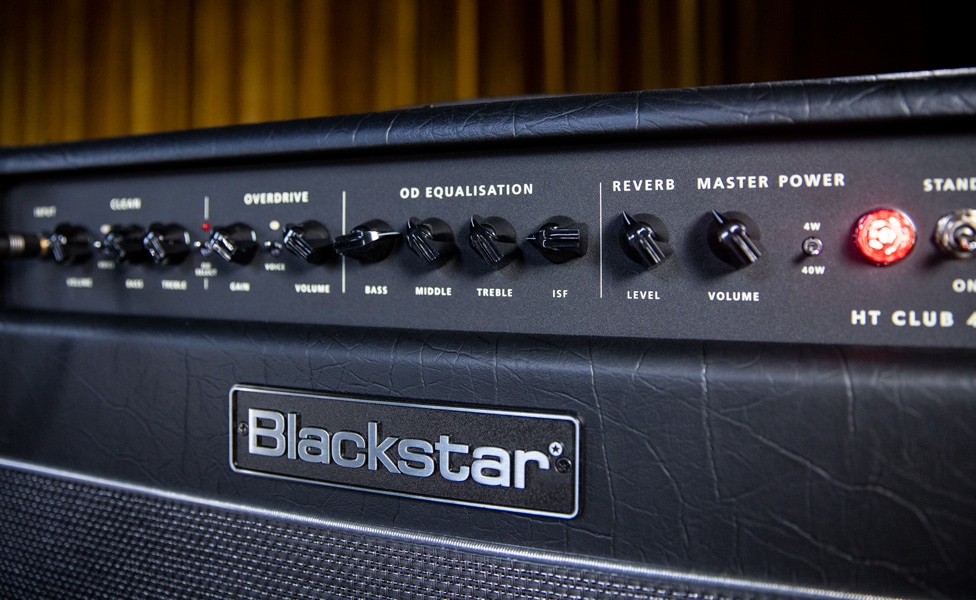
Other than lowering the output volume, does the power reduction circuit create any additional changes in performance?
Not really. I don’t wish to play down or over-simplify the electronics, but it basically adjusts the headroom. The advantage and beauty of this kind of carefully considered power reduction is that the valves still connect to the output transformer—and consequently the speaker cab—in the same way, regardless of the power reduction setting. Some other power reduction and power soak topologies do not, and they have detrimental effects on tone and valve life.
Does power reduction produce different gain characteristics?
Not within the preamp. However, the player could perceive the power reduction as getting “more gain,” due to driving the power amp to increased clipping at lower volume levels.
The Venue MKIII also offers CabRig speaker simulation, which is pretty comprehensive.
Yes. We developed it in-house, so it’s Blackstar-exclusive DSP technology that’s already proven and well-loved on our Dept. 10 valve pedals and the St. James series amps. CabRig will allow HT Venue users to have access to an awesome array of cabinet, speaker, mic and room simulations via balanced DI, headphones and USB. CabRig settings can be saved to three presets on the amp itself, and you can further edit parameters by using our free Architect software. All of this enables users to easily get professional live and recorded sounds at any volume level, and without the need for extra microphones.
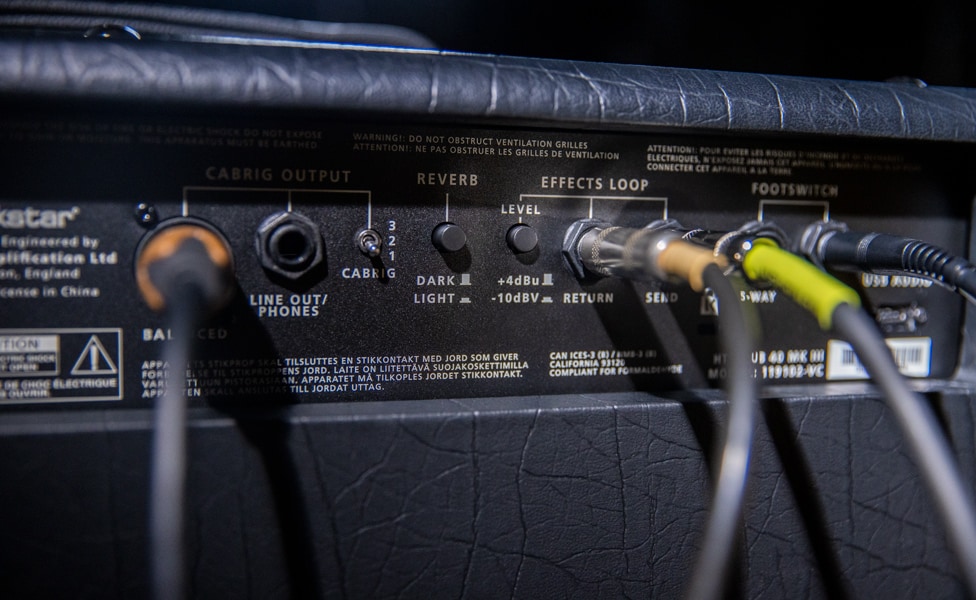
Are there significant sonic or performance differences from model to model that can help players decide which Venue series amp is right for them?
The Clean channel voices and the highest-gain OD voice are the same on all models. However, each amp has the OD channel’s drive levels and pre-emphasis EQ specifically tuned, depending on the number of voices and the cabinet size. All of the Venue MK III amps are extremely versatile, so the choice of which model is best for which user is more down to a choice between a head or combo, the power required and physical practicalities, such as size and weight.
These amps look somewhat different than MKI or MKII models. What were some of the design touches that went into MK III?
The styling of any product is usually influenced by what has gone before and what we absorb from the world around us now. For HT Venue MK III, we wanted to make sure the amps look as premium as they sound. Some changes were following on from the aesthetics we applied to St. James, such as switching from plastic buttons to mini toggle switches. The removal of the cosmetic corners was to give the amps a cleaner, less bulky look, and the new, classy metal logo badge is an indication of refinement externally and internally.








